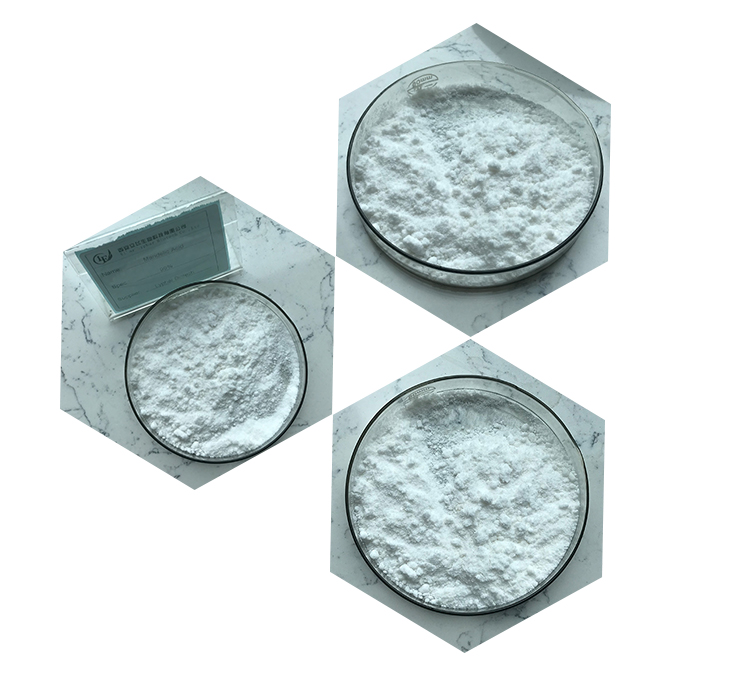Mandelic acid and Azelaic Acid are both beneficial for the skin, but they have different properties and uses:
Mandelic Acid:
- Type: An alpha hydroxy acid (AHA).
- Source: Derived from bitter almonds.
- Function: Exfoliates the skin by loosening dead skin cells, improving skin texture and tone. It also has antibacterial properties, making it useful for acne-prone skin.
- Benefits: Helps with hyperpigmentation, fine lines, and uneven skin tone. It’s often considered gentler than other AHAs due to its larger molecular size, which penetrates the skin more slowly.
- Use: Typically found in serums, peels, and toners.

Azelaic Acid:
- Type: A dicarboxylic acid.
- Source: Naturally occurring in grains like barley, wheat, and rye.
- Function: Has exfoliating properties but also works as an anti-inflammatory and antibacterial agent. It’s particularly effective against acne and rosacea.
- Benefits: Helps reduce redness, acne lesions, and post-inflammatory hyperpigmentation. It can also improve skin texture and is suitable for sensitive skin.
- Use: Often found in creams, gels, and topical treatments.

Summary:
- Mandelic Acid is primarily an exfoliant that also helps with acne and pigmentation.
- Azelaic Acid targets acne, rosacea, and skin texture while being anti-inflammatory.
Choosing between the two often depends on your specific skin concerns and sensitivity.
